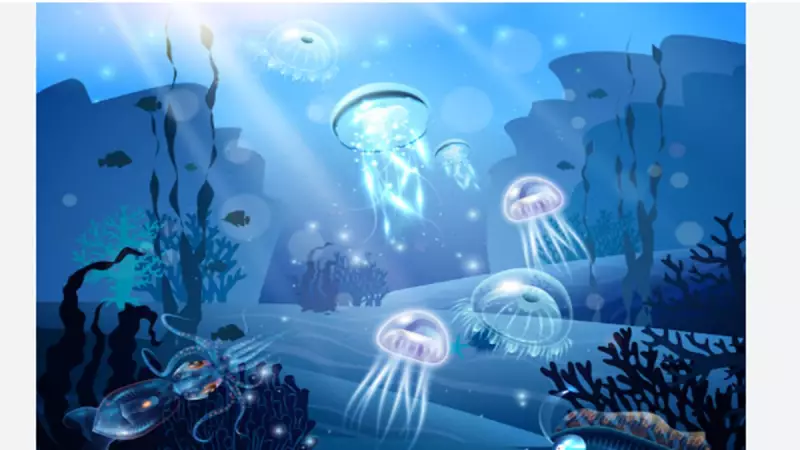
In a groundbreaking development that could redefine underwater surveillance, Chinese researchers have unveiled a remarkable robotic jellyfish designed to move through water with unprecedented stealth and efficiency. This bio-inspired creation represents a significant leap forward in underwater drone technology.
The Phantom of the Deep: How This Robot Mimics Nature
The robot's design directly copies the natural movement of real jellyfish, using a sophisticated pulsating motion that creates minimal water disturbance. This ghost-like movement pattern makes it exceptionally difficult to detect using conventional sonar systems, giving it a distinct advantage for covert operations.
Military Applications That Could Change Naval Warfare
While the technology has potential civilian research applications, its military implications are particularly significant. The jellyfish robot could be deployed for:
- Covert surveillance of naval facilities and ship movements
- Monitoring underwater infrastructure and ports
- Intelligence gathering in contested waters
- Underwater mine detection and mapping
The robot's natural appearance and silent operation make it ideal for missions where traditional underwater drones would be easily detectable.
Technical Marvel: What Makes This Robot Special
Unlike propeller-driven underwater vehicles that create noticeable turbulence and noise, this jellyfish robot moves with the fluid grace of its biological counterpart. Its soft-body construction and unique propulsion system allow it to:
- Operate with extreme energy efficiency
- Navigate through tight spaces and complex underwater environments
- Blend seamlessly with marine life for enhanced stealth
- Withstand pressure variations at different depths
Global Implications for Underwater Security
This technological breakthrough comes at a time when nations are increasingly focusing on underwater domain awareness. The development highlights China's growing capabilities in advanced robotics and artificial intelligence applications for defense purposes.
Experts suggest that such technology could fundamentally alter underwater security dynamics, potentially making traditional detection methods obsolete against these bio-mimetic systems.
The ghost jellyfish robot represents just one example of how nature-inspired engineering is creating new possibilities for underwater exploration and surveillance. As this technology continues to evolve, it may soon become a common feature in both military and scientific underwater operations worldwide.





